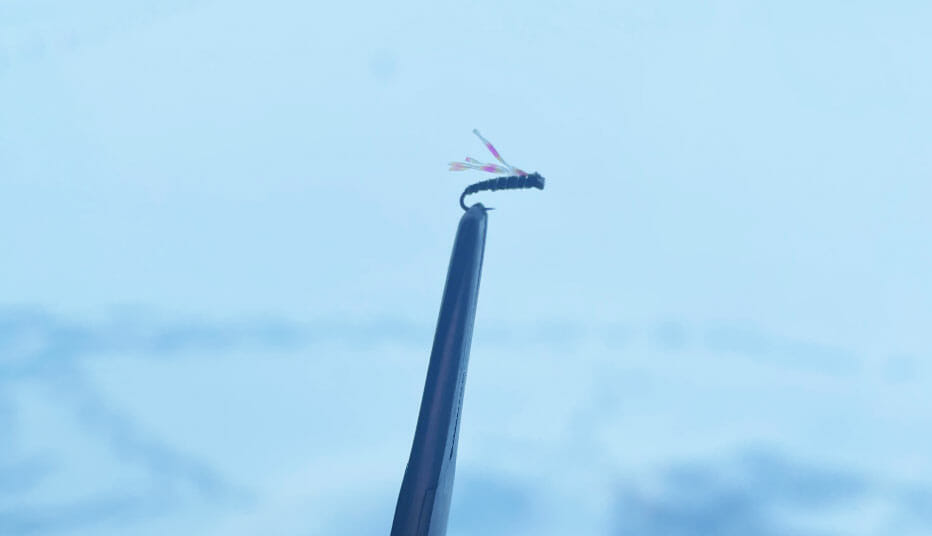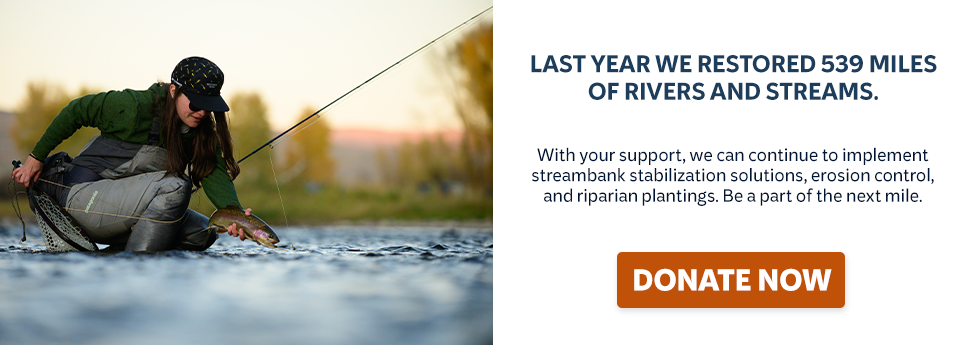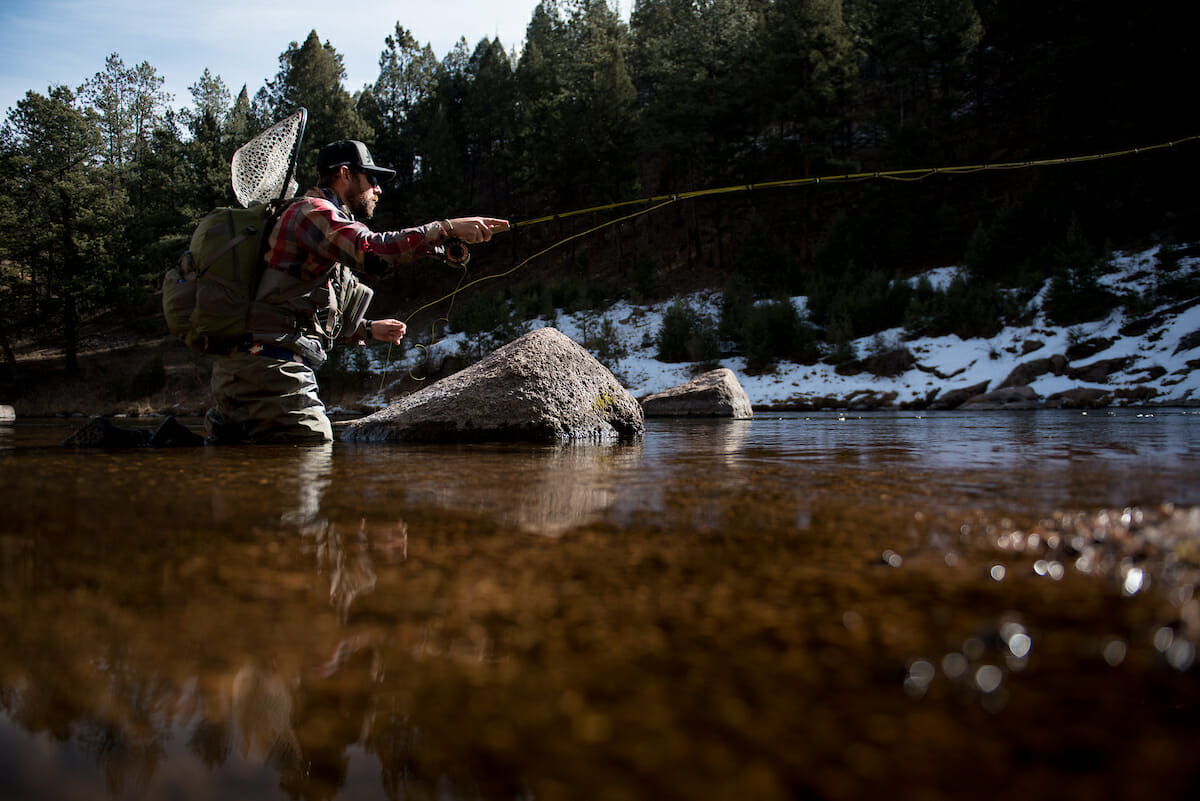Three tips for better fishing with small flies
Winter fishing means midge fishing. Well, in many places throughout the country midges actually comprise about 50 percent of an average trout’s diet any time of year, so it’s good to know how to fish them, dry or wet.

Either way and any season, however, midges are most often tiny little insects and the flies we use to replicate these mini-bugs are a pain to tie on and see when they’re on the water. Here are three tips to help you manage fishing tiny flies better:
1. Snip your tippet at a 45-degree angle. I got this forehead-slapper tip from Daniel Hackett in Tasmania. If you snip your tippet at an angle, you create a pointed end that finds the eye of a hook much easier. That’s especially handy when dealing with size #20 and smaller bugs, but I snip my tippet at an angle for any fly I’m tying on now. It’s a good habit to form.
2. Hold onto those little bugs with hemostats when you are tying them on. I lock onto the hook shank with hemos, thread the eye, and start twisting a cinch knot from there. It takes a little getting used to at first if you don’t already do this. But the big reason to use hemos when tying on is you can find the fly if you drop it… sometimes even in the water, which happens all the time.
3. Don’t fish tiny little flies in the first place! I’d rather fish a midge “cluster” fly I can see than a size #24 speck that only drives me bonkers. And in some places, the fish prefer the meatball too. I’ll never forget the late, great Dan Stein tying on a size #14 Blue Dun during a blanket midge hatch on the Bighorn. The fly would land upstream of the feeding fish, the naturals would cluster on it, and when the fish saw it, it was a wad of protein they couldn’t refuse. This doesn’t always work everywhere, but it’s sure worth a try, so always carry some clusters or ham-n-egg dry flies to the midge party.



